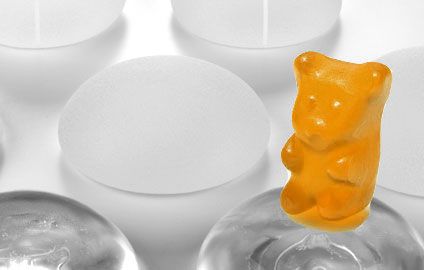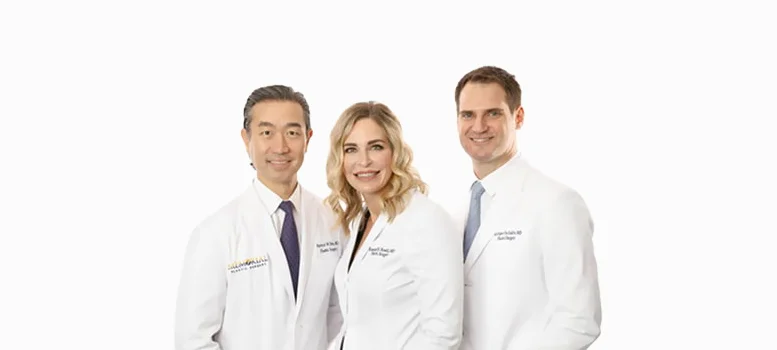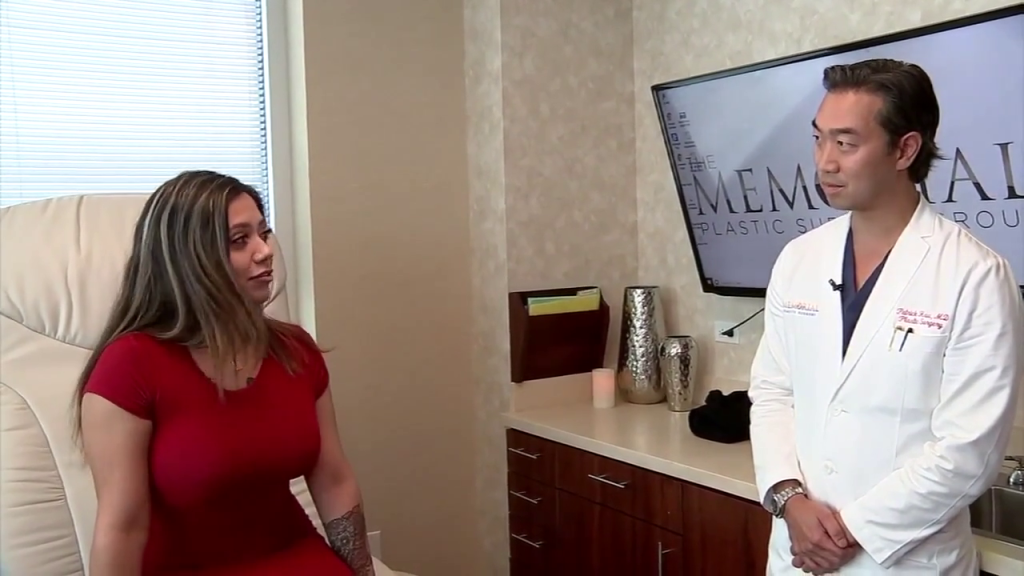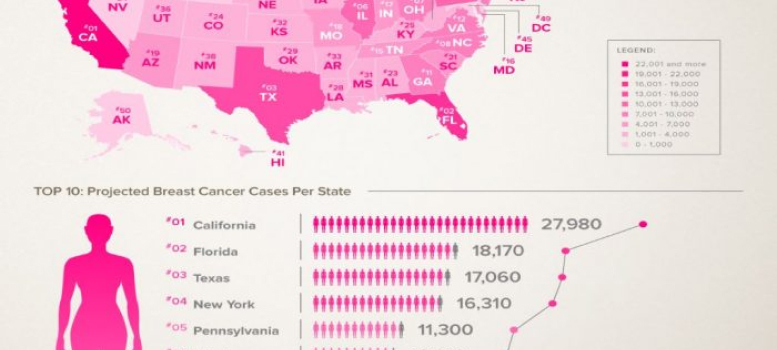Plastic and cosmetic surgery has gone through many innovations. Many implants and techniques for breast augmentation surgeries utilize technology and procedures that simply weren’t available before.
Today’s news highlights will be gummy bear implants as well as Acellular Dermal Matrices (ADM).
Gummy Bear Implants
The Food and Drug Administration (FDA) approved form-stable silicone gel breast implants in March 2012. It took 8 years of clinical trials by the medical aesthetics company Sientra to ensure that their new implants were safe and effective.
Its nickname – gummy bear implants – was first coined by Californian plastic surgeon Dr. Grant Stevens, who noted its similarities to gummy bear candies. Both the outer shell and the contents within are made from the same materials – in this case, cohesive silicone gel. But while some see similar properties between the implant and the popular snack, the FDA and Sientra themselves discourage such a label. In an interview with ABC News, the company’s CEO Hani Zeini expressed that comparing the ‘medical device to a piece of candy trivializes it’.
Gummy bear implants are designed to look like teardrops, thicker at the bottom and tapered towards the top, for a more natural look. The silicone gel used has a thicker consistency than the one found in ordinary silicone gel implants. This gives them a more natural feel, along with very high strength and resistance to implant rupture. Even if a rupture occurs, however, a gummy bear implant holds its shape, unlike traditional silicone or saline implants which will look misshapen or deflated.
There’s also less wrinkling or rippling, which is a common problem especially when smooth silicone gel implants are used. Patients have cited additional firmness, especially for those who chose gummy bears for their secondary procedures. Because it is textured, the implant lowers the risk of capsular contracture or the formation of hardened scar tissue around the implant.
Just like any medical device, this type of implant also comes with its own issues. Should it rotate, its irregular shape may cause a more noticeable distortion than its round counterpart. A longer incision is also necessary to ensure proper placement either above or below the pectoral muscle. Though rare, there are still cases of infection, bleeding, and rupture post-surgery. According to the American Society of Plastic Surgeons, however, this particular variety is ‘thought to be less likely to break.’
To date, there are three licensed manufacturers and distributors of the implants: Sientra, Allergan, and Mentor.

Acellular Dermis Matrices
The extra skin within the breast eliminates the need for weeks-long expansion of the pectoral muscle and breast skin to create a pocket suitable size for the implant. This is often the case with breast cancer patients who had some or all of their breast tissue removed in a mastectomy and want immediate reconstruction. When patches of ADM are stitched along the muscle or on the underside of the breast, there is also better coverage for implant edges.
Surgeons have reported that “rapid early expansion (using acellular dermis) has led to improved cosmetic outcomes,” as cited in Medscape. Also, despite the matrix being foreign to the chest area, there are no issues regarding the repopulation and revascularization of the implanted tissue. Patients are assured of healthy integration of their cells into the matrix.
Among the most preferred matrix options are AlloDerm, DermaMatrix, and Tutoplast which are donated human tissue, and Strattice which is sourced from pigskin. Before cosmetic use, ADM was utilized in burn and abdominal wall reconstructions.








